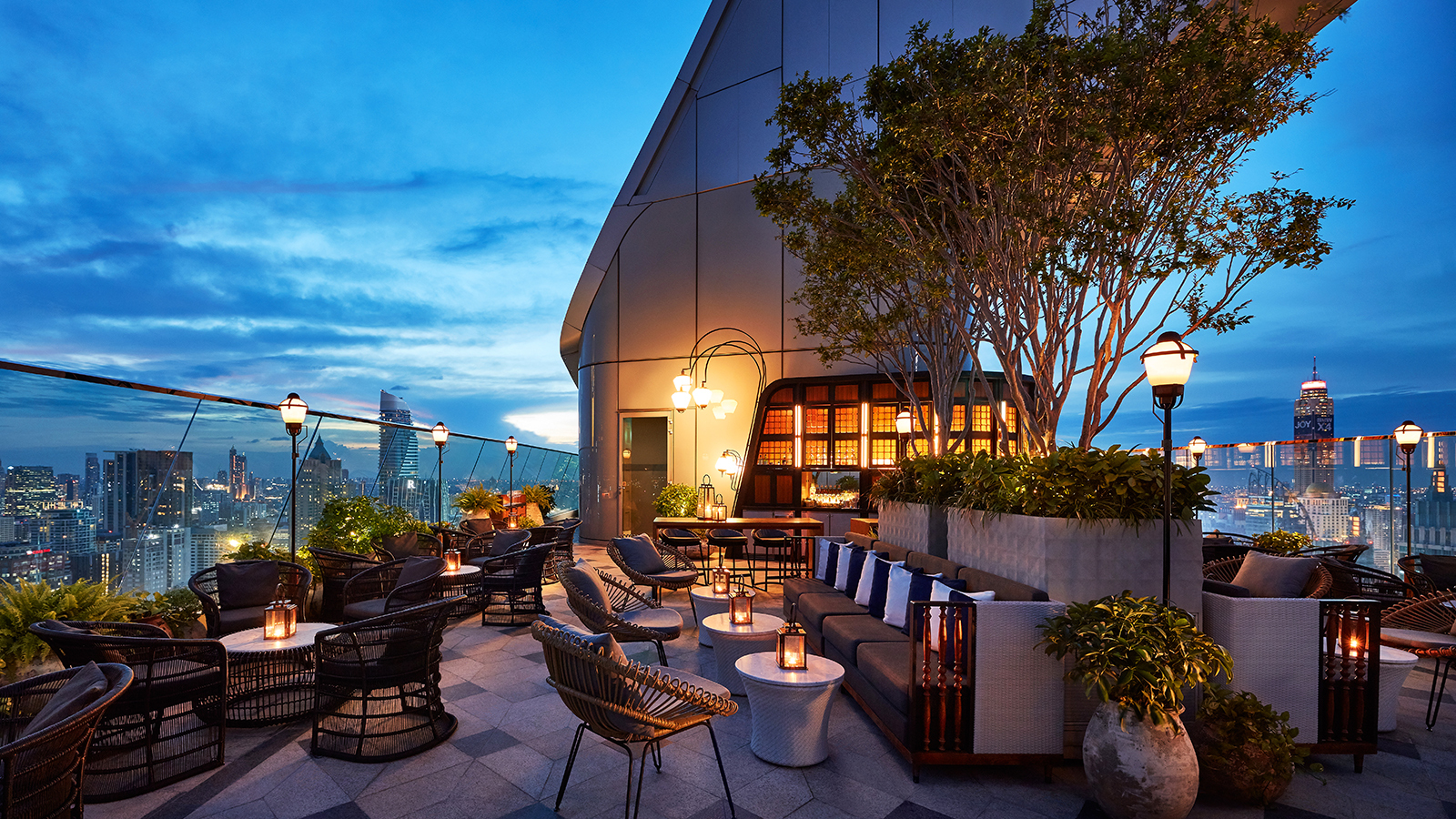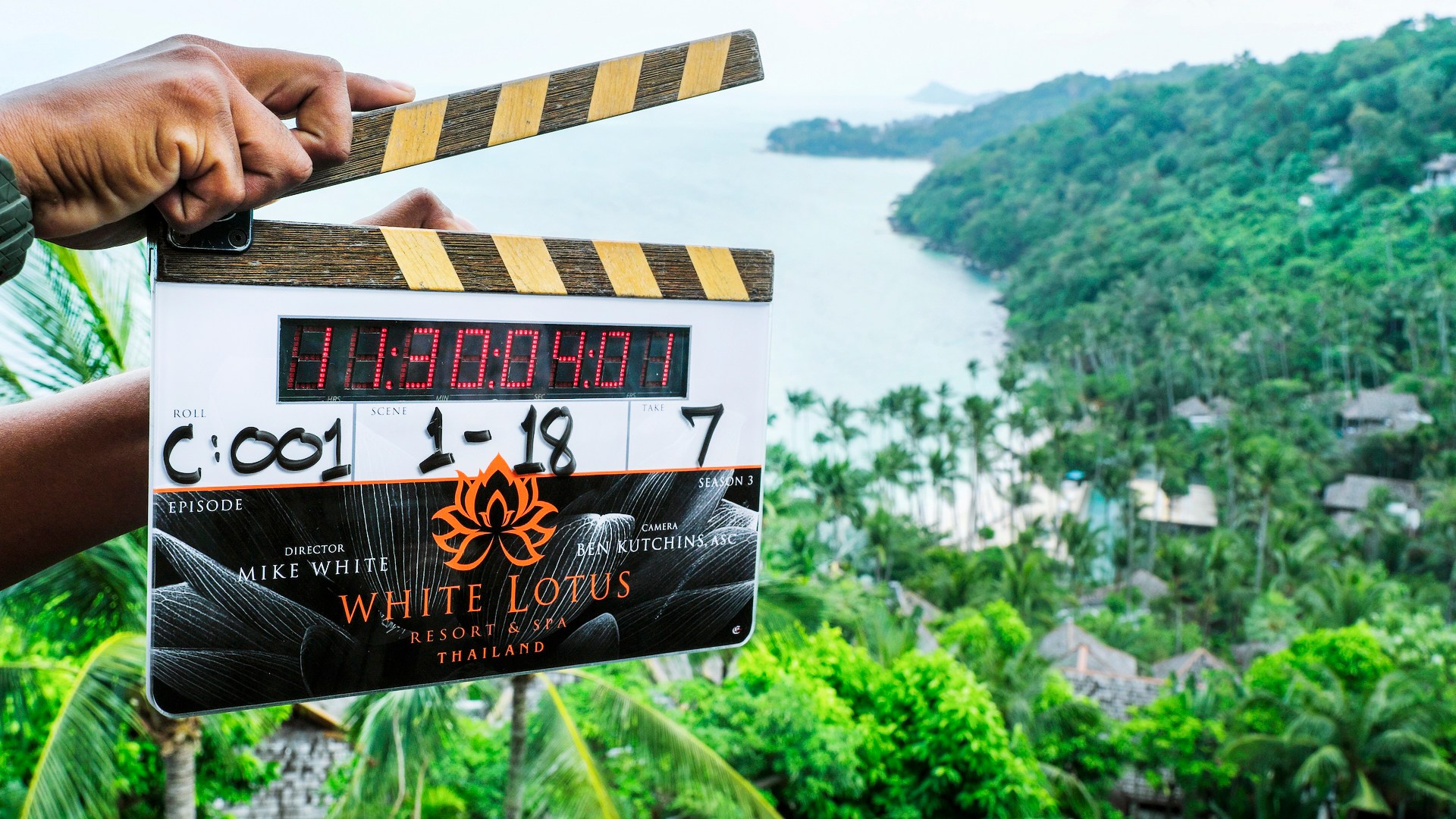Outside my tent it’s like Jurassic Park. The thundering footsteps of what must be some primordial giant make the canvas tremble. I peek out. In the midnight darkness I can make out the silhouette of a junior bull elephant stomping below our protected camp, battering the bamboo in a pique of sexual frustration. I watch for a while, then return inside, where it takes the nocturnal serenade of an Indian nightjar to lull me back to sleep.
Here’s the really wild part. My tent is pitched in Kaeng Krachan, Thailand’s largest national park and one of the world’s newest Unesco heritage sites. It’s in the southwest, a £12 taxi ride from the golden beaches of the ritzy resort of Hua Hin, itself a £1 train ride from Bangkok. This could be Thailand’s most accessible yet biodiverse jungle experience.
After my elephant awakening on day one, I leave my tent to explore the protected jungle park of the Ban Krang campsite on foot. A tribe of ten dusky langurs — wide-eyed teddy bears of Asian monkeys, who resolve conflicts with a big hug — are living their best life in an arboreal playground. They spend a third of their time eating in the tree canopy. At playtime they trapeze between trees by splaying their arms, legs and long tails, using their entire body to grasp the next branch.
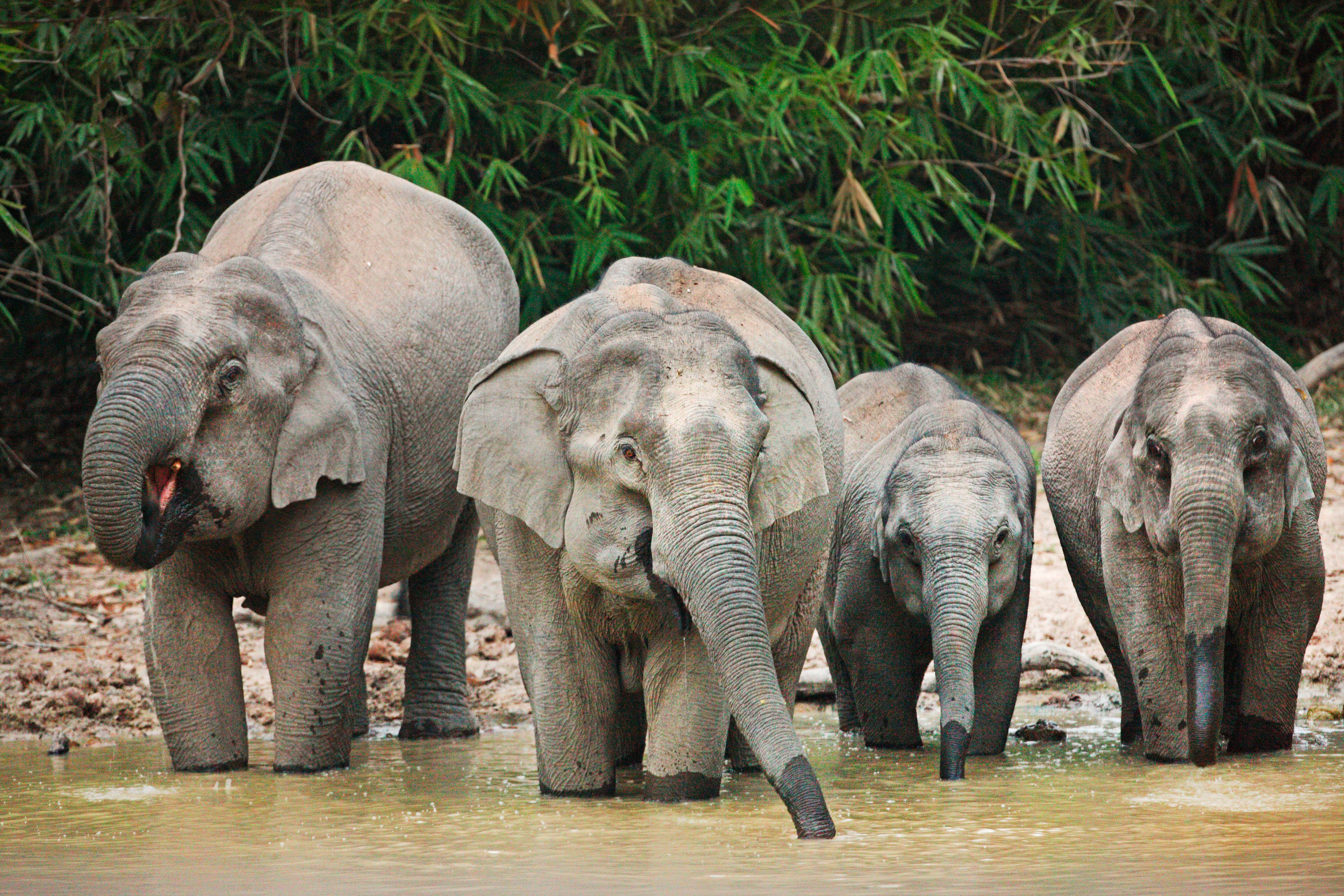
Kaeng Krachan is also a regular Clapham Junction for birdlife. The 1,125 square mile park lies in central Thailand, between mountains, rivers and beaches. Himalayan birds, resident hornbills and maritime migrators make up the 420 recorded avian species.
Birds arrive thick and fast near my campsite. An Indian roller, its iridescent tropical plumage like a British kingfisher dressed in its Sunday best, performs an aggressive aeronautic display to drive rivals away. These include large-billed crows. Down on the coast, a 60-minute drive away, these crows drop nuts on zebra crossings. The nuts are then cracked open by car tyres and nibbled in the lull between traffic. Savvy.
Advertisement
By lunchtime my neck aches from gazing skyward. I join the veteran park ranger Samrong Meekaew at the campsite’s outdoor restaurant for mushroom rice, marinated pork and stir-fried water spinach. What can I see in my three days here? “Depends how early you wake up!” he says. The rangers have created saltlicks (muddy bathing areas with added calcium, magnesium and other minerals) near Ban Krang to attract big beasts at dawn and dusk.

Will I see a tiger? “I only saw them twice in 30 years,” Meekaew says. “One was 2m long, so muscular. When he saw me, and I saw him, we both ran away.” As well as orchids, monkeys, butterflies and other creatures, Kaeng Krachan’s own big five comprises tigers, gaurs (1,000kg horned bison capable of battling tigers), elephants, leopards and sun bears.
• 10 best places to visit in Thailand on your next trip
• 10 of the best things to do in Thailand
As if by magic a sun bear appears before us. It’s a stocky, swaggering bully with a glossy black coat and a tongue that can lick honey from a crack in a tree. This friendly one is known to rangers as Khanun (Jackfruit), after his favourite lunch. I keep my distance but I’m told Khanun’s primary interests are reproducing and sleeping in a tree. Legend.
Before the afternoon dissolves into a papaya sunset, I hike the two-mile Pranburi Trail that leads from the camp. It crosses streams alive with carp, runs through curtains of orange lacewing butterflies and past orb-weaver spiders, with their huge curved horns the size of saucers. Everything in Kaeng Krachan is on an epic scale.

Advertisement
I try forest bathing, reclining in swim shorts in boulder-strewn rapids — a jungle Jacuzzi — and close my eyes. I hear the car alarm trill of a blue-throated barbet and the towering groan of a Toona ciliata, or red cedar tree. My eyes open to see a black-backed kingfisher drinking from my stream. The forest feels so alive.
At 5.30am on day two, after dodging a porcupine shuffling around the lavatory block, I’ve booked the guiding services of Kaittisak Klomsakun, a leading naturalist with 35 years of Kaeng Krachan experience, who channels the humour and dress sense of Keith Richards. Klomsakun and I ride on a raised safari platform attached to his Mitsubishi pick-up. Liana vines whip the driver’s cab. Stump-tailed macaques bark from the verges. Switchback viewpoints frame a dawn mist that glows mauve and mango against the tropical forest. We could be in Colombia or Rwanda if it wasn’t for the Milo ice drink (made with the Nestlé chocolate powder, a southeast Asian staple). Klomsakun hands me one from his ice box.
He has tracked a family of white-handed gibbons near the park’s paved road. He indicates for our driver to pause by rapping the Mitsubishi’s cab. Mummy and daddy gibbon are performing their morning call, a daily jungle duet. Next on their primate playlist comes a “this is my territory” whoop, followed 20 minutes later by a contented “relax in the tree” song. Klomsakun has a Dolittle-like talent for imitating Kaeng Krachan’s creatures and whoops back to the treetop mammals.

Our destination is the park’s second campsite. Phanoen Thung sits at an altitude of nearly 1,000m and to hire a tent and sleeping bag costs about £5. Seven-storey-high balakata trees surround the camp, while the simple snack bar is shielded by banana groves. Visitors can gaze across into Myanmar, where another national park abuts this one, rendering the area one of the richest wildlife spots in southeast Asia.
Before our next hike Klomsakun serves a quick homemade breakfast — an English-style sizzle of fried eggs and sausages cooked on his Primus stove. Maybe he knew The Times was coming.
Advertisement
Klomsakun has visited the bulk of Thailand’s 147 national parks. Most of them host simple camps with restaurants and charge about £7 for entrance. His two favourites? Lofty Khao Yai, which runs night safaris and has the densest population of wild elephants; and the snorkel-friendly Tarutao National Marine Park, where dugongs and sperm whales cavort a few nautical miles from Langkawi in Malaysia. Maybe next year.

We hike the well-marked Orchid Trail close to Phanoen Thung camp. As we tiptoe through the tangle, Klomsakun spots footprints: leopard and gaur, both a few days old. My guide also points out sun bear scratches near a tree hollow. “He climbed to lick honey from the nest.” The empty hollow will now serve as a nest for great hornbills, Kaeng Krachan’s biggest birds, which reuse holes made by others instead of pecking their own, while using their scimitar-shaped beaks to pluck lizards from the undersides of leaves.
• 14 of the best hotels in Thailand
Next we ride the Mitsubishi to the bat cave. We climb down into a cathedral of stone to explore a crepuscular horror show. The squawks of insect-munching horseshoe bats, alerted by our head torches, echo around the chamber. Bat skeletons litter the floor. I beat a frightened retreat to lunch back at sunny Ban Krang camp: a knockout tom yum noodle soup with chicken balls and sliced watermelon.
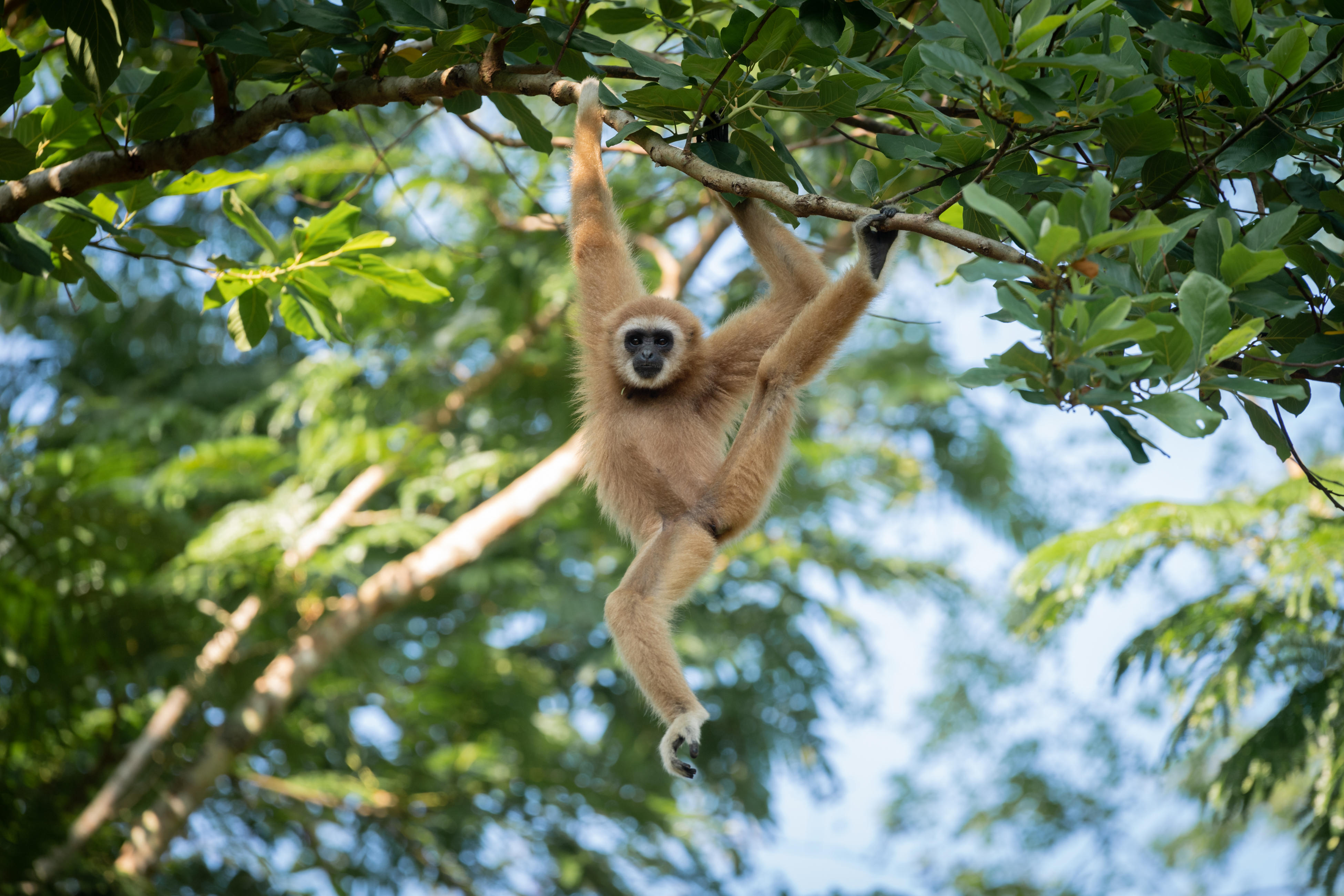
Dusk promises another magic hour for nature. Gigantic red-nosed lanternflies cling to Litsea glutinosa trees, which are used to make jelly desserts and incense sticks. All around us are rattan plants, utilised to weave wicker furniture. Klomsakun passes his binoculars: first we see a chestnut-headed bee-eater, a rainbow of a bird, then a white-fronted scops owl hidden sleepily in a tree like a cuddly toy. I would not have spotted any of these animals without him.
Advertisement
On my third dawn I survey the skyscraper canopy and pray for one final big-five miracle. Klomsakun ushers me along a recently smashed elephant trail. Bamboo stems as thick as scaffolding lie vandalised on the forest floor. There’s a faint chocolatey aroma — proboscidean poo. Then we spot him sulking in the river below us: a raging young bull elephant, excluded from his tribe. We watch his trumpeting tantrum from behind the buttress of a gigantic ficus. Klomsakun remembers this tree as a sapling; it’s now 40m high.
Enough nature for one morning? Kaeng Krachan never ceases to surprise. Near the park’s exit a lone black panther scythes across the tarmac, dismissing me with an insouciant stare. It’s a spine-tingling few seconds.
My time in Thailand’s inexpensive Eden is nearly over. But there’s a final treat that can be completed as a quick trip from Hua Hin, to an archipelago of freshwater reservoir islands that are navigated either by Indiana Jones-style rope bridges or by longtail boat. I choose the latter. Powered by a Suzuki SUV engine, my longtail zips between colonies of macaques, who swam here to pioneer their own private island while trapping crabs in holes they have scooped from the sand. Imagine a simian Six Senses: there’s nothing to do but swing, eat and fornicate. One hour after leaving Kaeng Krachan I’m swimming in 30C waters in the Gulf of Thailand next to the new beachfront hotel Charras Bhawan, a family-run residence where Thai royalty once stayed. A massage by the infinity pool counters the effects of my elephant-induced insomnia. In this sybarite’s paradise I’m king of the jungle.
Tristan Rutherford was a guest of the Tourism Authority of Thailand (tourismthailand.org). One-day guided tour from £201 for three with Kaittisak Klomsakun ([email protected]). Park entry £7 adults, £3 children; one night’s camping £1pp; vehicle entry £1 (thainationalparks.com). B&B doubles from £204, including use of kayaks, paddleboards and bikes (charrasbhawan.com). Fly to Bangkok
This article contains affiliate links that can earn us revenue
Three more wildlife holidays in Thailand
1. Fun family tour, countrywide

Starting with a longtail boat trip in Bangkok, the new Wild Thailand Family Adventure independent tour from InsideAsia heads next to Kui Buri National Park, which is dense with elephants and langurs. Travellers island hop in Ranong on the seldom-visited Myanmar coastal border and visit the Khao Sok National Park elephant sanctuary, enjoying a cooking class and market tour in the area. Kids can be bribed to enjoy the sightseeing with the promise of three nights in Khao Lok, a family-friendly and low-key coastal area famed for gentle surf and coconut trees. You’ll stay in hotels and guesthouses along the way.
Details 13 nights’ full board from £2,237pp, including transport, activities and guide (insideasiatours.com). Fly to Bangkok
2. Action and adventure in the north
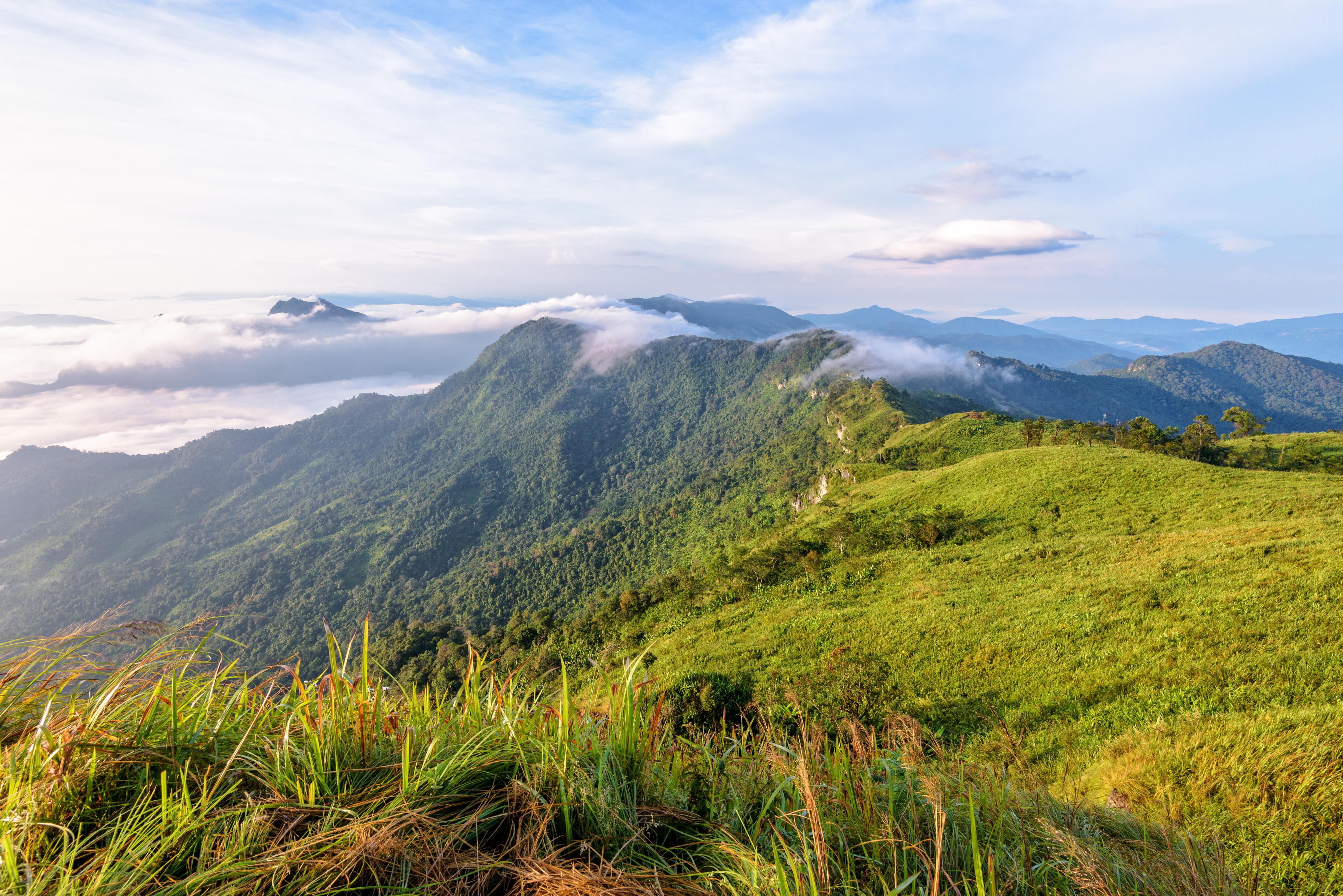
Advertisement
To explore northern Thailand’s jungle, culture, rivers and mountains, All Points East operates a Hidden Thailand Tour; it’s guided and technically a group tour, though the group can be two people, travelling by road, boat and rail. The trip begins in Bangkok with tuk-tuk tours and street food. On day three guests ride the train through paddy fields to historic Sukhothai, a Unesco heritage site with biking opportunities aplenty. In Lampang there’s a visit to an elephant sanctuary. Even wilder are hikes through the Phu Chi Fah mountain range (for barking deer and palm civets) and boat tours down the River Kok beside Myanmar (for abundant birdlife). Along the way you’ll stay in lovely lodges, city hotels and hill resorts.
Details 13 nights’ half-boardfrom £1,755pp, including most meals and transport (allpointseast.com). Fly to Bangkok
3. Group adventure tour
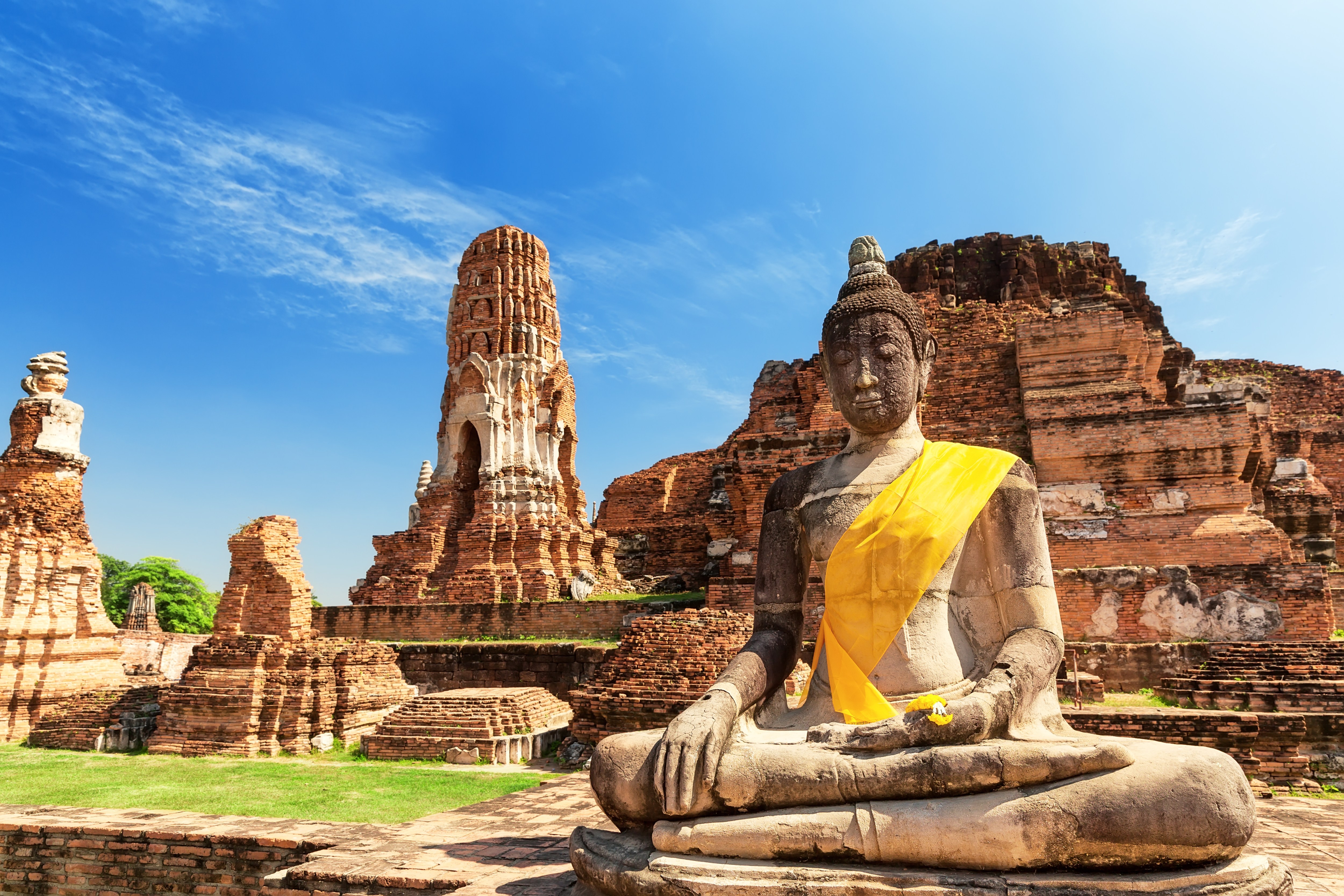
After touring Bangkok’s temples, travellers on a group tour with Intrepid, called Premium Northern Thailand, depart for Erawan National Park. Here are waterfalls, crab-eating macaques, crested serpent eagles and gibbons. The itinerary continues with a train trip from the ancient capital Ayutthaya. For rafting and wildlife (sambar deer, epic flora) the star is the Mae Taeng region north of Chiang Mai. The tour ends with visits to an elephant reserve, an organic coffee plantation and Chiang Mai’s colourful night market.
Details 11 nights’ B&B from £2,268pp, including transport, activities, guiding and some other meals (intrepidtravel.com). Fly to Bangkok
Sign up for our Times Travel newsletter and follow us on Instagram and X


